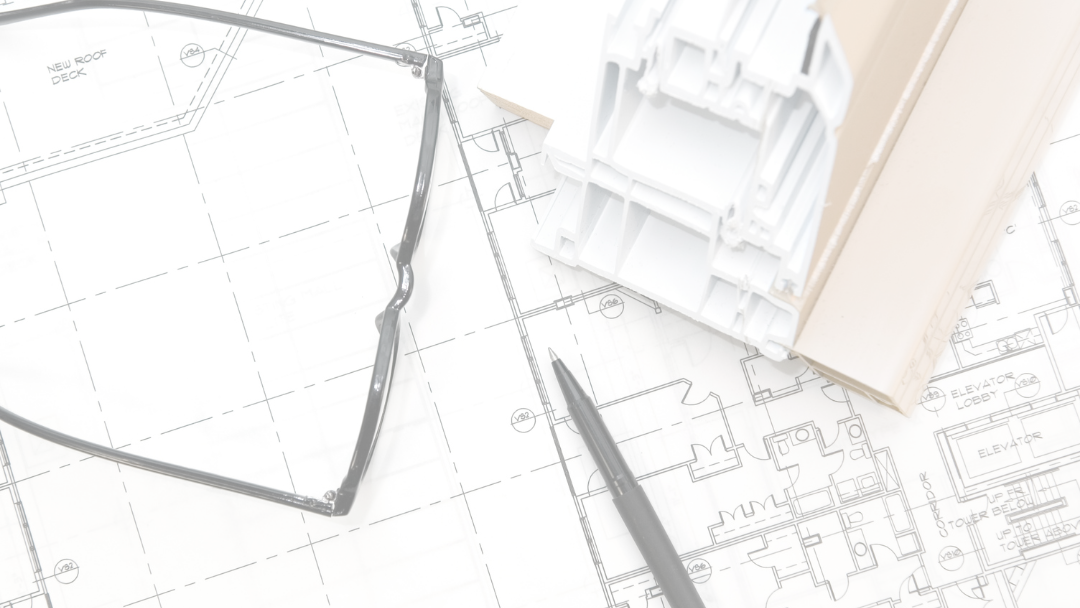The designer
We all know who the designer is on a project; don’t we? Well, what if that turned out to be you, without knowing it or realising the consequences, until it’s too late?
Let’s start with what is clear; under The Construction (Design and Management) Regulations 2015:
‘‘designer’ means any person (including a client, contractor or other person referred to in these Regulations) who in the course or furtherance of a business —
- prepares or modifies a design; or
- arranges for, or instructs, any person under their control to do so.
Simple enough. So where does the principal designer come in?
Principle designers are appointed by the client in projects involving more than one contractor, they may be an organisation or individual (on smaller projects) appointed by the client to take control of the pre-construction phase of any project involving more than one contractor. Then there is the new Principal designer under the Building Safety Bill.
Competence
In each case the person should be competent to carry out the role. The Competence of the Principle Designer under the Building Safety Bill is described in the draft of PAS 8671: Built environment – Framework for competence of individual Principal Designers and designated individuals working under the Organization Principal Designer – Specification, it sets out the competence requirements of individuals carrying out or managing the function of Principal Designer as set out in relevant building regulations.
PAS 8671 in turn is aligned to BSI Flex 8670. – Core criteria for building safety in competence frameworks – Code of practice. It sets out core criteria for building safety competence, including fire safety, structural safety and public health, to be included in sector-specific frameworks for individuals working in the built environment, it acknowledges that Competence is defined in many different ways across different industries. This is necessary to reflect the specific circumstances and meet the specific needs of the individuals and organizations that employ individuals operating in those industries.
In the context of this BSI Flex, for an individual to be considered competent means that they need to have the appropriate
- skills,
- knowledge and
- experience, combined with appropriate
- behaviours,
to be able to fulfil their defined role, function or activity and carry out appropriate tasks. This is sometimes referred to in shorthand as SKEB.
Compliance
In all cases the designer is responsible to ensure that the design meets the requirements of the Building Regulations (in England) or equivalent in each devolved nation, as well as ensuring the construction can be carried out safely in accordance with the Construction Design Management Regulations.
One of the ways of demonstrating compliance is by examining the test evidence or assessments of fire performance of construction products based on fire test evidence alongside other relevant competent persons such as a fire engineer or structural engineer so that they can demonstrate that the design is compliant at each stage of the process and meets the requirements of the Building Regulations.
In order to ensure they have adequate insurance in case of a claim they should have adequate and ongoing Professional Indemnity (PI) insurance
PI Insurance
Often referred to as professional liability insurance or PI insurance, it covers legal costs and expenses incurred in your defence, as well as any damages or costs that may be awarded, if you are alleged to have provided inadequate advice, services or designs that cause your client to lose money. Example of a claim.
This insurance is an ongoing requirement for the duration of the project and must be in place to cover any ongoing liability, which is currently 6 years but will increase to 15 years after the publication of the Building Safety Act, and at the same time this will retrospectively extend to 12 years from completion under the Defective premises Act.
Manufacturer’s warranty
Manufacturers often provide a warranty, and some provide a guarantee, in essence that are the same thing, and each is dependent on what is covered, what is excluded and what will void the warranty or guarantee.
In the case of construction products, it may cover the ongoing performance of the product such as flat roof being watertight, or a machine continued function. Where the performance is for fire resistance this may be limited to what has been tested and subject to complete adhering to the installation details and required workmanship as well as the performance of the interface to the structure.
The suite of test standards is clear and concise but, in some cases, don’t cover all the situations required for the project, in these cases manufacturers may provide a detail which includes a caveat that it will be the designer and the professional team to approve and agree them based on the evidence, the situation and their competence which in turn will be backed by the PI insurance.
The Unintentional Designer
It’s very easy for the designers to turn to the expertise within the specialist contractor to ask for help and advice to address the detailing as part of the process of developing a descriptive specification into a descriptive specification or to overcome a specific requirement on the project, and as a specialist contractor there may be examples where similar details have been constructed in the past; this where the opportunity to become the Unintentional Designer.
Remember that the term designer under the CDM regulations includes ‘Anyone promoting or suggesting modifications is taking on the role of a designer along with the corresponding responsibilities’
The role of manufacturers in the design process can also be confusing. Whilst the manufacturer may provide drawings and details, these will often be caveated or provided for consideration by the design team, the manufacturers in these cases are not assuming design responsibility. Drawings often include or are accompanies by statements such as below:
No duty of care is owed to the recipient, or any third party and we exclude all liability in respect of the details
…we accept no liability for its accuracy, adequacy or completeness. Recipients must satisfy themselves as to its suitability as we do not accept responsibility for any claims or consequential loss.
Unless you have the appropriate competence and importantly up to date and continued PI cover be wary of becoming an unintentional designer.

Author: Joe Cilia
FIS Technical Director


